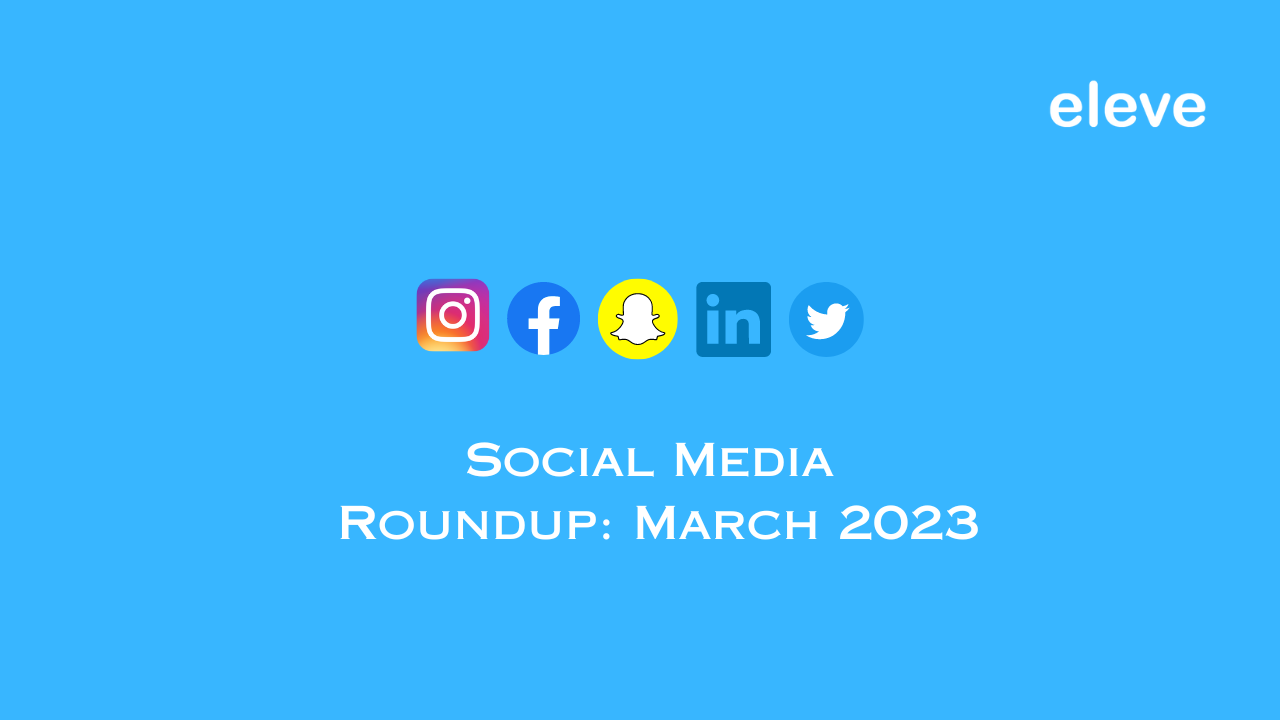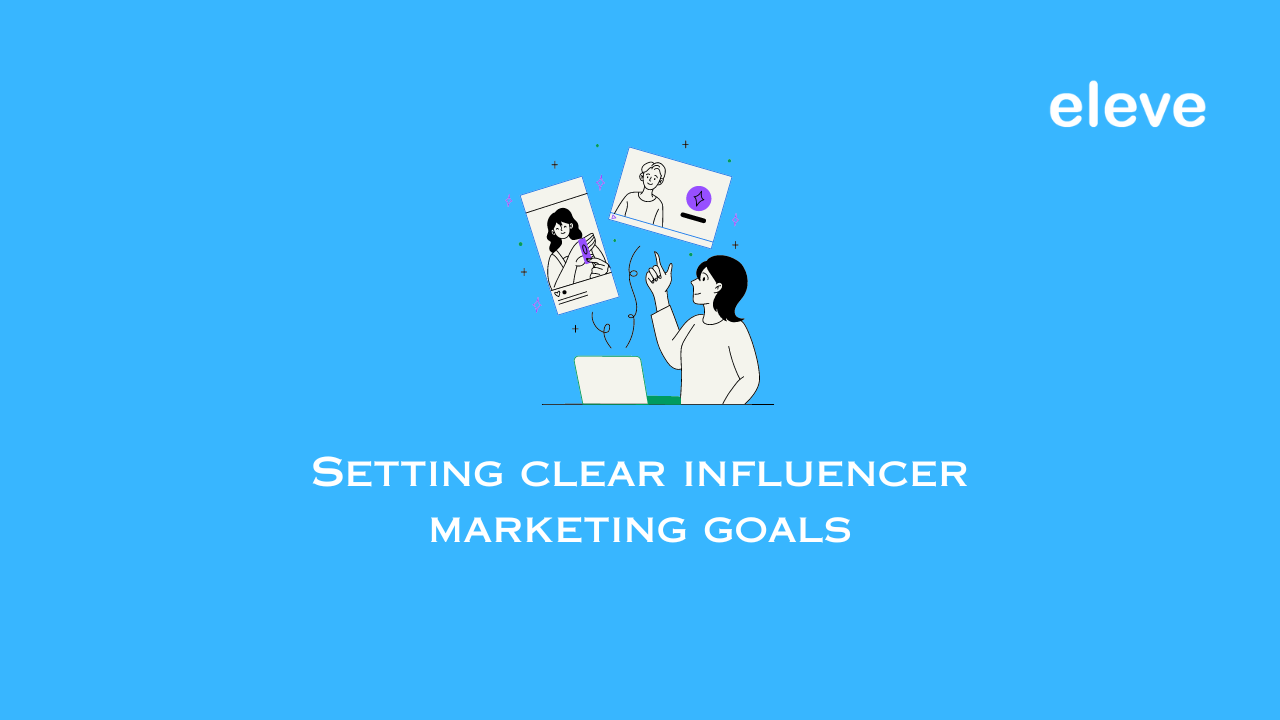This goes without saying that the scale of influencer marketing has surpassed various other means of marketing using which masses could be successfully reached. Every person active on social media either wants to be an influencer; work with an influencer or wants to live like an influencer. The dominance of the digital industry and the influencer business has become so enormously large that all other businesses are trying to revolve their strategies around it or incorporate influencer marketing into their action plan.
Brands invest a huge amount of money in promoting their products on social media. Top-notch brands of all sectors want to collaborate and work with all the big names in the industry. They go through the tedious process of identifying suitable influencers; delivering briefs for the content; ensuring there are no errors; and keeping track of the performance of the campaign as well as the RoI and profit margins.
Back when the masses were not aware of the influencer marketing business, people used to upload pictures, talk about their favorite products or would engage in any other online activity that attracted them, for fun without even realizing the aftermath of their activities. The dynamics have changed over the past years. The industry is growing at the speed of light, and with so much information provided on the internet, users are finally familiar with the new found concept of influencer marketing, which has completely revolutionized the idea of marketing. They have realized that being an influencer is not just limited to a hobby but can be a full-time job as well. The scenario has taken such a turn that now every other person on social media claims to be an influencer of one or the other category.
With influencer business being an indisputably viable marketing method, they are paid quite well by the brands after certain parameters are crosschecked. Although, the tip of the iceberg seems perfect, the rest of it might have some flaws.
Every business is a tricky one to handle and let’s not forget that each has its own set of pros and cons.
How some influencers scam marketers and brands:
Putting the business out on social media can be as critical and nerve-wracking as investing money in the stock market. On some days the shares are high, but if it’s not a good day, the results may not turn out the way marketers expect. Just like in any other market, the space of social media too has a black market going on in the backhand.
Digital media has the power of making people famous and popular overnight. It’s tempting to see a huge amount of money flowing in the pockets of influencers through brand collaborations, sponsored posts, and endorsements. Influencers have in-depth knowledge of what a brand looks for when there’s a search for the right candidate. They modify their content based on what is liked by the majority.
Most influencers focus on improvising their content, as they likely should, while some use other tactics for self-promotion. Many celebrities and influencers use fake followers to build their social media presence. There are various ways through which this is done:
The most common method is to buy followers. Influencers buy automated bots, which can also be referred to as ‘fake accounts’. There are various services and businesses, which provide the facility of buying massive scale automated accounts. Follower count on social media networks help determine which brand would hire the influencer and how much money they would get paid for bookings, endorsements, & promotions. If the numbers are high, the chances of brands noticing influencer’s profiles become better.

One of the recent trends of increasing engagement rate by fraud influencers is ‘Instagram Pods.’ Through this feature, Instagrammers create small private groups of 10-15 Instagram influencers with similar kinds of audiences who usually communicate via DMs and help each other in increasing engagement by liking and commenting on each other’s posts. This criterion has remained largely opaque as this can be termed as friends supporting each other and could be owed to the fact that the accounts belong to real people. Influencers can be a part of multiple Instagram Pods which puts a question on the authenticity of the account.
To boost their numbers and attract brands to their profiles, influencers have started deleting the posts which have underperformed. In this way, brands would get a notion that the influencer is performing well and so would the brand if they collaborate.
Multiple fraud influencers post plagiarized content on their profiles. Association with such influencers could take a toll on the brand’s reputation.
How do brands measure authenticity?
The most important job for a marketer is to arm themselves with tons of knowledge and the right tools. Influencer business is a mix of numbers and authenticity. A brand, when collaborating with an influencer, should keep an eye on both the aforementioned factors. Marketers can follow a few approaches through which they can identify fraud accounts:
Check if the number of followers and comments or likes match or not. If there’s a huge gap between the number of followers and likes or comments, then there is a possibility that the influencer has used automated bots. The same goes for in terms of the content posted by the influencer. The quality of the content can only help in gaining multiple followers.
If the comments are repetitive in almost every post of the influencer irrespective of what they’ve posted, it should ring a bell.
A top influencer will surely have a decent Google presence or at least have a blog or/and website. Marketers can find this information easily when they search for a particular influencer.
Brands can take the help of various tools and software to audit an influencer’s account. Tools, like IG Audit, FakeCheck, SocialBlade, segregate the influencer’s content into various sectors and give a transparent verdict on the profile.
Look out for the hashtag spam. Many influencers use tools to incorporate multiple hashtags in their comments and captions, as it helps in increasing the engagement. Brands can identify these by checking every post made by the influencer.
A brand would never want to pay an influencer who doesn’t have an authentic audience. A brand must do a deep analysis and track the record of an influencer’s work as well as social media profiles. An influencer who is not credible in his/her own business could easily put the brand’s business’s integrity at stake.





